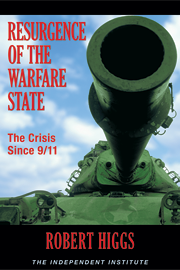The tide has suddenly turned on the economics consensus among everyone from Keynesian professors to Wall Street commentators. Their expectations for a soft landing have fallen to earth.
The immediate trigger for the shift and the selloff in equity markets was a run of adverse data last week. It began on Wednesday, with higher claims for unemployment insurance, followed on Thursday by weak purchasing-manager indexes for manufacturing and services. Then on Friday came disappointing nonfarm payroll data and a higher than expected unemployment figure.
To explain why the consensus changed so fast, the economic chattering classes and press have latched onto the Sahm rule. That tool, created by economist Claudia Sahm, correlates an increase in unemployment with the onset of recessions. According to Ms. Sahm’s research, if the unemployment rate climbs by half a percentage point or more relative to its low during the previous 12 months, we will be in the early months of a recession.
This index has identified all recessions since 1953, but Ms. Sahm rightly emphasizes that the rule is only an empirical regularity, not a theory. Since January the unemployment rate has risen from 3.7% to 4.3%, fulfilling the Sahm criterion of a 0.5-point rise. The 3.7% low qualified, as it represents a low that has occurred within the past 12 months. This suggests the economy may already be in a recession.
The Federal Reserve was having none of it last week. On Wednesday, the Federal Open Market Committee held the federal-funds rate steady at 5.25% to 5.5%. Chairman Jerome Powell and his colleagues are data dependent. Until the data give them confidence that inflation will stay low, or until their full employment objective is threatened, they won’t cut rates. Since we know that changes in monetary policy act with a long lag in affecting inflation or unemployment, a data-dependent Fed will always be behind the curve.
To get ahead of it, the central bank should be basing its decisions on the quantity theory of money, a model that allows for reliable predictions about the course of the economy and inflation over the coming two years. The only people who successfully predicted inflation almost two years ahead of its peak—both in terms of timing and magnitude—were monetary economists.
For more than a year, monetarists have been warning that the economy would likely enter recession this year. That is because the Fed has over-constricted money growth between 2022 and 2024. The stock of money is now lower than it was in July 2022. Since the Fed was established in 1913, such contractions have only occurred on four occasions: in 1920-22, 1929-33, 1937-38 and 1948-49. The second episode resulted in the Great Depression, and recessions followed the other three.











